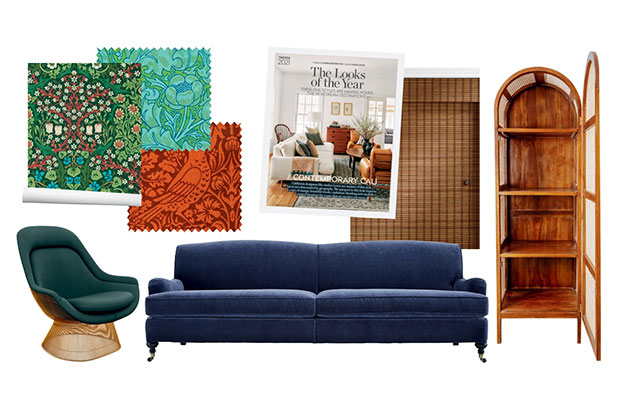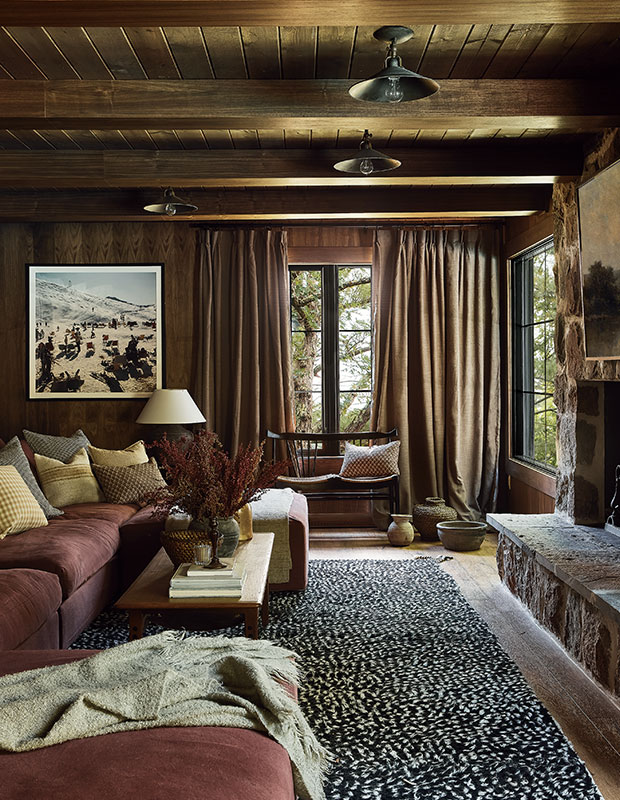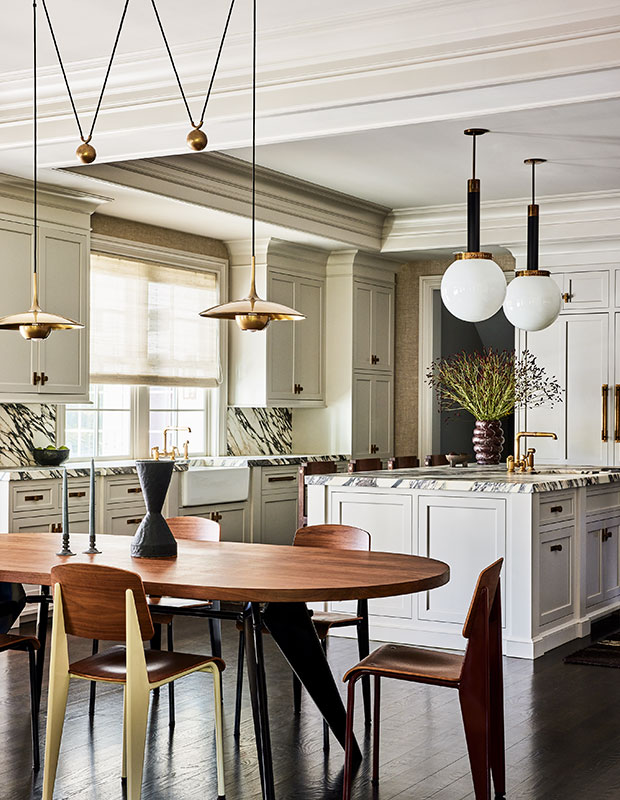Decorating & Design
April 6, 2023
Emma Reddington’s Dos And Don’ts of Renovating

House & Home’s Deputy Editor Emma Reddington shares her best advice for planning a renovation.
Renovating a house can be overwhelming. I know as I’m living through my own right now! It’s not until you are in the thick of your own project that you really comprehend the complexity of moving parts that must come together to create a home you love. Here are a few things I wish I had known before I started my own renovation.

1. Do consult or hire a designer.
Decision fatigue is a real thing. In fact, your primary job during a renovation will be to answer questions and make choices. Keeping on top of all those decisions and making sure they don’t have repercussions for earlier choices you have made is a monstrous task. Investing in the services of a designer can alleviate some of this pressure and save you from making costly mistakes. Luckily, in recent years designers have begun offering a range of options from hourly zoom consultations to top to tail packages so it’s easier to find the level of service that suits you. They’ll also be able to save you time by sourcing materials, recommending contractors, troubleshooting problems and most importantly — lending you their expert eye.

2. Don’t expect that every fixture, faucet and material you selected will be available when your reno is in full swing. Be flexible.
Renovations take time and it’s very likely that the tile you chose six months ago during the planning stages of your project is no longer available. The same applies to appliances, fixtures and faucets. The key is to stay flexible. Chances are you will be able to find a solution. If you fall in love with a product and must have it, consider purchasing it right away. Which brings me to my next point…keep scrolling!

3. Do order about 10-15% more than you need of products like wallpaper, fabric and tile.
Slight differences in color and texture can occur between lots of products. To ensure that all your fabric, wallpaper or tile matches, order about 10-15% extra. You will be thanking yourself when you suddenly decide you need two throw pillows to finish off a room or worse — figure out you originally miscalculated and need more fabric, wallpaper or tile than you originally planned for.

4. Do create mood boards and inspiration boards. Refer to them throughout the project to stay on track.
Renovating without a plan is like throwing money away. You need to know what you are doing and the more detailed you can be in the planning stages the better. Take the time to really zero in on what you want. Do your research to see what products are available and how much they cost. Go into stores! The internet is an amazing tool but some things you need to touch and feel. Talk to contractors and sub trades. They have a wealth of knowledge and experience. Finally, once you have your plan in place, refer to it throughout the project. It’s easy to go off track or be lured by new ideas.

5. Do order your appliances and windows as soon as possible.
These items in particular seem to have very long lead times. It’s a good idea to lock them in and get them ordered early in the process.

6. Don’t forget to take some design risks.
Maybe you’re concerned about resale value or you’re afraid of being too trendy so you play it safe and go with tried and true classics. There’s nothing wrong with this but sometimes safe equals boring. Create a home that you love, not your real estate agent. This is where your mood boards will come in handy. If patterned sofas, dramatically veined marble or intricate tile work is filling your boards, make sure you include some of these pieces. If you love it, chances are someone else will as well.

7. Do make frequent visits to the site.
Staying on top of your renovation is the best way to catch mistakes before they happen. Make frequent visits to your site especially during crucial stages of the reno, like when the walls are framed, when the electrical and plumbing goes in, when the flooring is installed and during the painting stages. Also check up on deliveries to the site to make sure the right products have arrived and in good condition.

8. Do try and take on as big of a renovation as you can.
This is a difficult decision to make but in the long run it will cost you less money to do one big renovation rather than breaking your project up into floors or rooms done over a few years. Why? Subcontractor fees and material orders will be more cost-effective for one big project due to economies of scale. Also, there will be costs associated with setting up the site, office administration and cleanup that you will have to pay each time you start a mini reno. It’s also possible you may have to demo or redo previous work to get to things like electrical or plumbing effectively paying twice for one job. Finally, multi-phased renovations can wear you down. Living through one big renovation for 6 months is easier than a constant state of renovation for 6 years.

9. Do look for deals.
There’s some great finds out there for furniture, appliances and materials through places like FB Marketplace, consignment stores, closing-out sales and Habitat for Humanity ReStore’s. You can find everything from luxury ranges and fridges at a quarter of the price to designer brand furniture and off-cuts or seconds of marble, wallpaper and fabric. Plus you’ll be keeping these items out of the landfill.

10. Don’t forget to save some of your budget for furniture, drapery and accessories.
During the planning phases of your renovation, it can be easy to overlook the fact that once the kitchens and bathrooms are in, all the windows and flooring have been installed and the walls have been painted that you still need to furnish and decorate your home. Put aside some money early in the process for those all-important finishing details that can really make or break a home.

11. Do consider the amount of custom work you require.
Ask anyone and they will tell you that the real expense in any renovation is the labor. The more custom your project the higher the labor costs will be. Are you considering crown moldings or decorative wall trim? If so, know that this requires weeks of skilled labor. Curved walls or archways, specialty paint finishes like plaster or a high lacquer finish, detailed tile work like custom patterns or borders, coved or coffered ceiling treatments and wallpapered walls all require extra time and an attention to detail and will drive up the price of your renovation.

12. Do figure out your lighting early on in the process.
Although your actual light fixtures won’t go in until the end of the project you need to know what fixtures you plan on using in the very early stages of your renovation. This is because the electrician needs to run wiring to the exact locations before the walls are sealed up. Knowing the size of your fixtures, especially for wall sconces will ensure they are placed at not only the correct height but also with enough wall allowance on either side. If you plan on using more than one pendant light over an island or dining room table knowing the width of the light will help your electrician place the junction box in the exact location you need.

13. Do double check your paint colors.
Oftentimes, decisions about tile, flooring, wallpaper or paint can happen independently of each other. Everything is white so they should all match – right? Wrong! There are so many subtle shades of every color that it’s easy to get it wrong. A slightly cooler white paint that works perfectly in your south-facing living room may look blue when it butts up beside your warm ivory Zellige tiles in the bathroom. Before you put paint brush to wall, double check that the shade you are using works with all the materials and surfaces in the specific room.